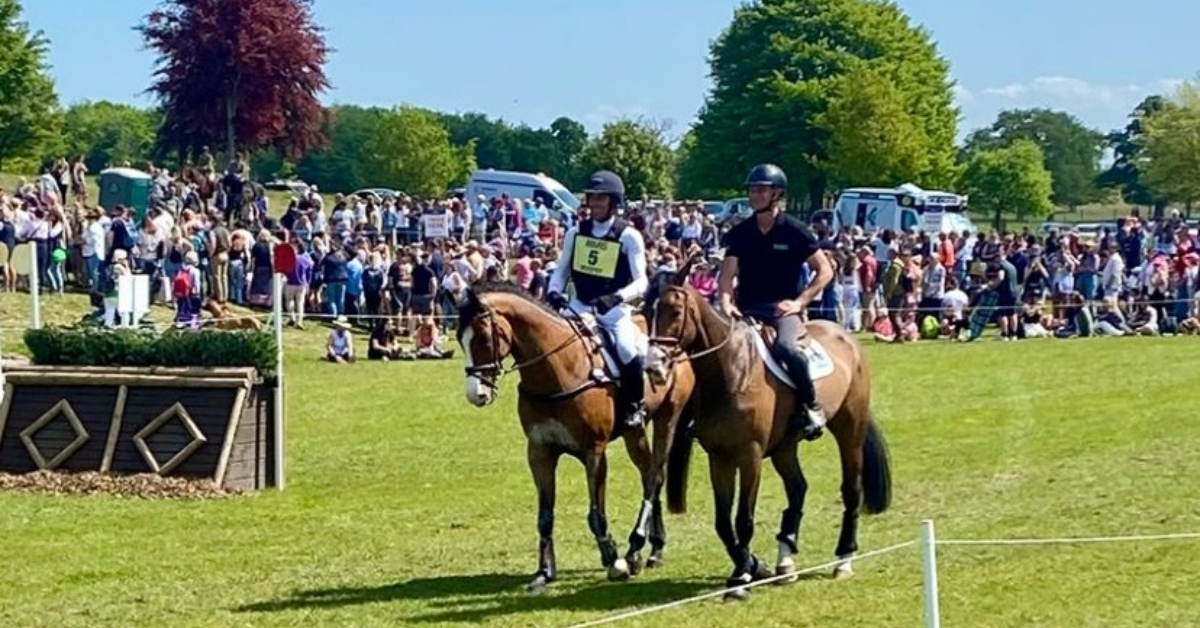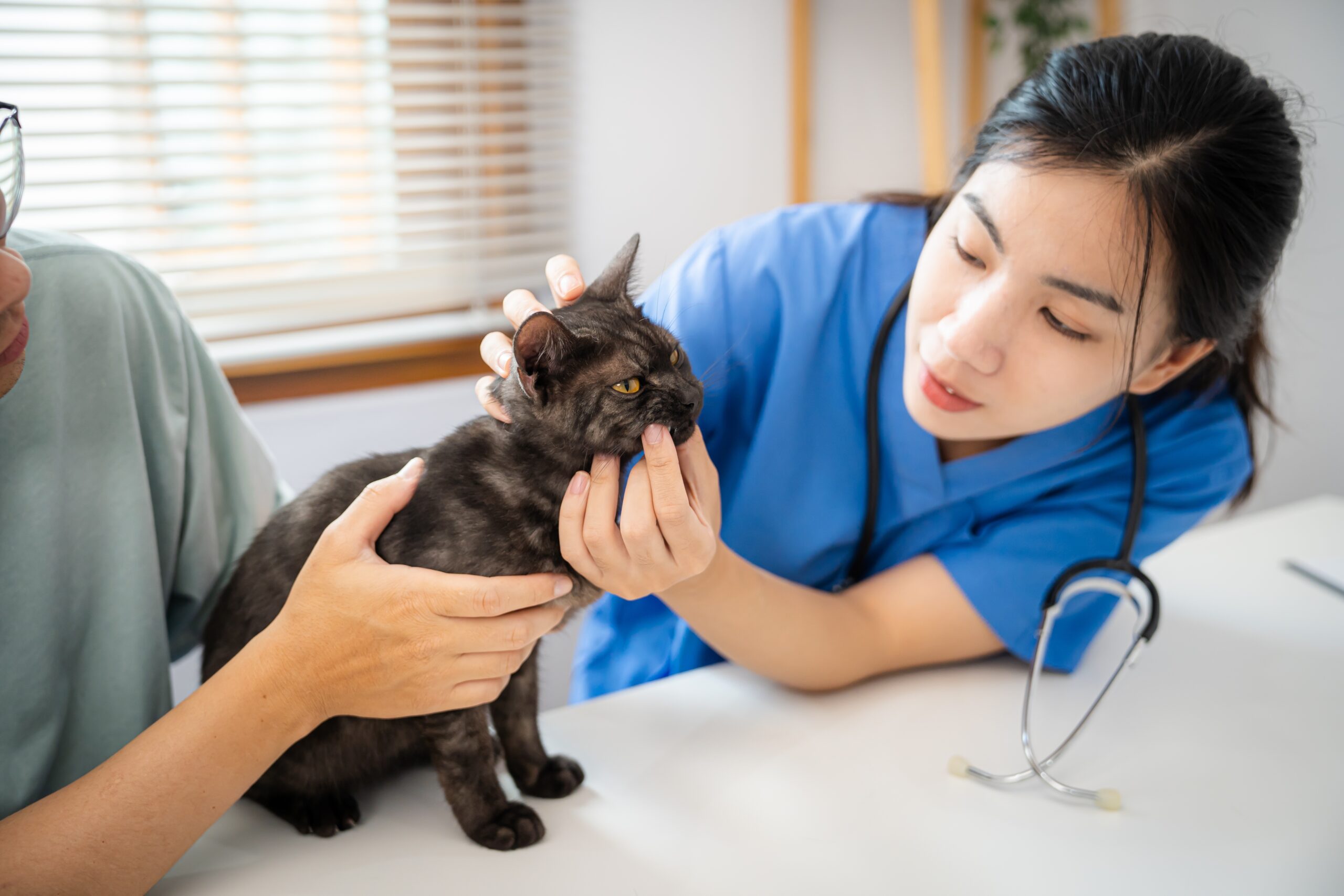I have been spending a lot of time thinking about how I interact with my horses. My last mare, Djouce, was unhandled before I got her so I got to be the one to start the conversation with her. I now have her foal, Liffey, and she is so similar. In contrast, my thoroughbred CJ is quite different. I only have her a few months but she has a different way of engaging with me, and I’ll be honest – I’m thrown by it. For all my years of experience, I am struggling to interact with the best behaved horse I have.
Djouce and Liffey both have a spark. I spend a lot of time watching them as I interact to see how they are processing information. The day I collected Djouce from her breeder, they had tried to get a headcollar on her to no avail. She was, until then, entirely unhandled and panicked as she was being cornered by them. I asked to do it my way, and that they would give me space and time to work with her as I wanted. I don’t subscribe to any one form of horsemanship but I have spent enough time around some amazing horse people to have my own way of doing horses that may seem a bit odd to more traditional types. I started by taking a single step towards her, and if I got a positive response, I retreated and gave her a thank you break. Gradually this moved to standing on the spot for longer, moving closer and eventually putting a hand on her shoulder. Then a big break. I gave her another few minutes to think. We worked on touching her face, rubbing her neck, and forming positive associations with me. Eventually, she allowed me to put her headcollar on and she followed me straight into the box first time. The horse that was in the midst of a wild panic when I arrived, was soft and relaxed when we left with her. The difference? Djouce and I had a conversation that involved both of us expressing boundaries and working towards an achievable goal.
That laid the foundation for almost all of my subsequent interactions with Djouce and now Liffey. Djouce is expressive and open with her emotions. She trusted me and followed my lead when I asked difficult questions or pushed her beyond her comfort zone. But she also held me accountable. If I was unclear in my questions or I didn’t watch her and work from that, she told me. She had an uncanny way of giving me a look that said “move this along, I’m bored out of my tree” or “I’m glad you think you are a genius, but you didn’t use real words in that sentence”. She was one of the most humbling horses I have interacted with because she made me ask questions of myself, questions Liffey reminds me to ask every single day.
So how is CJ the difficult one? CJ’s last resort is to ask for help. Somewhere along the line, she has been reprimanded or corrected for asking a question or expressing herself. So the horse that I have today, is a horse that appears to go numb once she is under pressure or gets herself so worked up that she gets lost in her panic. She has the absolute best nature and tries so hard to work out what she is being asked and has an amazing work ethic. So when I ask an unclear question, she tries to guess the “correct” answer. Where I get the “are you even speaking English?” look from Liffey, CJ does a panicked stab in the dark to try to get herself away from feeling confused and then looks blankly at me as if she doesn’t even know what part of the answer was right or wrong.
An easy illustration of this is when I forget to close over her stable door from on top of her when I am going for a hack. I move her towards the door and ask her to step into a position that I can reach the door from. Simple? No. It isn’t for CJ. CJ will then start panicking and trying to figure out if I want her to walk into the stable – but she is never ridden in the stable, I put my leg on slightly but I never asked her to move into the open space, she is right beside the wall, where does she move to, the door is open, I reach over to the door and start to move it, is she in the way, should she move at all? So she tries to do it all and see when I stop asking because that is when she thinks she must have gotten it right and the panic is replaced by chewing and stretching and general relief. Liffey stops and insists on me asking a clearer question and then will only do what she has been asked to do.
My whole way of interacting with my horses revolves around having conversations with them. I take my lead from them. They dictate the pace we work at and how I frame my questions. I am most likely in the minority in that I don’t prioritise good behavior, my goal is good communication. Even in the last few months, CJ has started to learn the “words” to tell me how she feels. The conversation is finally beginning.


Share
Your subscription is 100% Free for our first year, No credit card details required.

The Judging Concerns That Keep Coming Back — And Why They Can’t Be Ignored Anymore We didn’t make it to

There are few sporting events that live up to the hype. Wimbledon? Too many strawberries. Cheltenham? Too many suits. But

British Veterinary Association publishes full response to Competition and Markets Authority’s proposed remedies for veterinary market for household pets. The